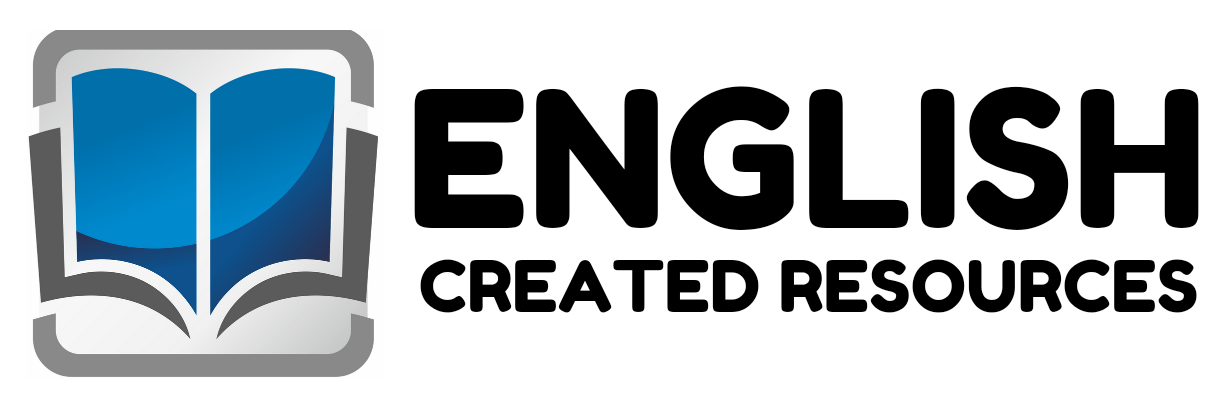Scarecrow Letter Hunt

Scarecrow Letter Hunt
Scarecrow Letter Hunt activities are not just fun and engaging worksheets—they are powerful educational tools that support early literacy development in preschool children. At the preschool stage, young learners are in a critical period for language and cognitive growth. Activities like the Scarecrow Letter Hunt combine play, visual learning, and fine motor practice, making them an ideal method to introduce foundational literacy skills in a joyful and memorable way.
One of the greatest benefits of Scarecrow Letter Hunt activities is that they build letter recognition, which is a cornerstone of early reading. Before children can learn to read words or sentences, they must first be able to recognize and name individual letters. Through searching and identifying both uppercase and lowercase letters on a worksheet, children learn to distinguish the shapes and sounds that make up the alphabet. Repeatedly spotting and coloring a target letter, such as “B” in the activity, strengthens a child’s memory and helps them internalize the form and pattern of that letter. This recognition becomes automatic with practice and lays the groundwork for future reading success.
These activities also play a significant role in enhancing phonemic awareness, which refers to the ability to hear and identify the individual sounds in words. When preschoolers engage in a letter hunt, teachers or parents often pair the visual letter with its sound—for example, saying, “B says /b/.” By associating the visual symbol with its phonetic sound, children begin to connect written language with spoken language. This connection is essential for decoding words later on and is one of the first steps in early reading readiness.
In addition to literacy skills, Scarecrow Letter Hunt activities nurture fine motor development. Coloring, circling, or marking letters requires children to control their hand movements precisely. Using crayons or pencils strengthens the small muscles in their hands and fingers, which are necessary for writing. As children color the letters they find, they are not only learning literacy concepts but also building the physical coordination and hand strength needed for holding writing tools properly and forming letters on their own in the future.
Another key benefit of these activities is that they foster focus, attention, and concentration. Preschoolers naturally have short attention spans, so activities that are visually engaging and play-based are vital for holding their interest. The hunt element encourages children to scan carefully, look closely at details, and stay attentive as they search for specific letters. This type of focused attention strengthens cognitive skills like observation, problem-solving, and pattern recognition—all of which contribute to academic readiness and overall brain development.
Scarecrow Letter Hunt activities also support visual discrimination skills, which are the ability to notice differences and similarities between shapes, symbols, or images. When children look for one letter among many others, they are practicing how to visually discriminate between similar-looking letters such as “b,” “d,” and “p.” Developing this skill helps prevent common letter confusion later on and improves reading accuracy. Visual discrimination is not only beneficial for literacy but also for other areas of learning, including math and everyday tasks like recognizing signs or symbols.
Moreover, incorporating a seasonal or thematic design, like a scarecrow for autumn, makes learning more exciting and meaningful. Young children connect better with learning when it feels relevant to their world and experiences. A scarecrow theme introduces them to seasonal vocabulary, nature, and farm-related concepts, expanding their general knowledge while reinforcing language development. The playful and festive imagery keeps the learning process lighthearted, encouraging children to view reading and writing as enjoyable activities rather than tasks.
Scarecrow Letter Hunt activities also encourage independent learning and confidence building. When children successfully find and color the correct letters, they experience a sense of accomplishment. This positive reinforcement motivates them to keep learning and exploring. It nurtures self-esteem and a love for discovery, which are essential attitudes for lifelong learning. Preschoolers begin to understand that learning can be both challenging and fun, giving them confidence in their abilities and a willingness to try new activities.
Additionally, these letter hunts can promote social and emotional development when done in a classroom or small group setting. Children often share materials, take turns, and talk about the letters they find. Teachers can encourage collaboration and discussion, asking questions like “Who can find another letter B?” or “What sound does this letter make?” Such interactions foster communication skills, cooperation, and respect for others—all important components of early social growth.
Lastly, Scarecrow Letter Hunt activities are valuable tools for teachers and parents because they provide a simple, low-preparation, and highly effective way to teach early literacy. Educators can easily adapt the activity for different skill levels—beginning learners can focus on identifying just the uppercase letter, while more advanced children can find both uppercase and lowercase or even associate the letter with words and pictures that start with that letter. Parents can use it at home as a fun learning game that strengthens school readiness in a relaxed environment.
In conclusion, Scarecrow Letter Hunt activities offer a perfect balance between fun and education for preschool children. They promote essential early literacy skills, strengthen fine motor control, develop concentration, and nurture a love of learning. The combination of visual discovery, thematic creativity, and hands-on engagement makes these activities a vital resource in early childhood education. As children search for letters among the playful scarecrow design, they are not just completing a worksheet—they are laying the foundation for reading, writing, and lifelong curiosity.
Samples From the Activities













